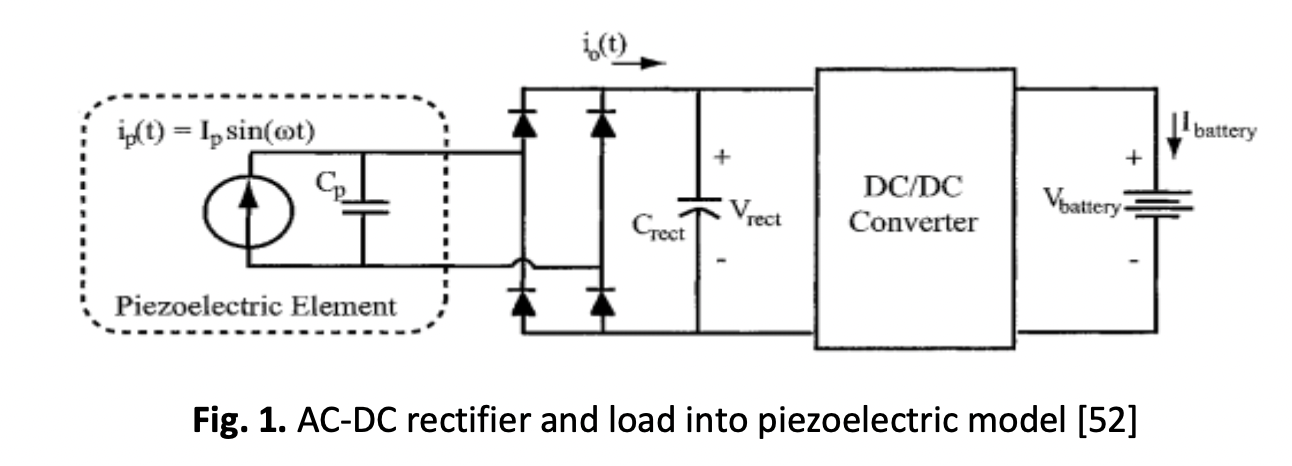Review of Active Circuit and Passive Circuit Techniques to Improve the Performance of Highly Efficient Energy Harvesting Systems
DOI:
https://doi.org/10.37934/araset.31.1.271290Keywords:
Energy harvesting, passive circuit, active circuit, power electronics, power scavenging, piezoelectricAbstract
In piezoelectric energy harvesting systems, energy harvesting circuits are the interface between piezoelectric devices and electrical loads. The conventional view of this interface is based on the concept of impedance matching. In fact, in the power supply circuit can also apply as an electrical boundary conditions, such as voltage and charge, to piezoelectric devices for each energy conversion cycle. The major drawback of piezoelectric power harvesting have low-power relationships in systems within (in the range of μW to mW), then system also have significantly reduced any potential losses in circuits that make up the EH system, whereas other condition into careful selection of circuits and components can enhanced the energy harvesting performance and electricity consumption. In the study of energy harvesting systems, it is an energy harvesting system approach that using active and passive electronic circuit to control voltage and or charge on piezoelectric devices as proposed and review to mechanical inputs for optimized energy conversion. Several factors in the practical limitation of active and passive energy consumption, due to device limitations and the power efficiency of electronic circuits, will be introduced and have played an important role into to enhance optimum and increase efficiency of energy harvesting system.
Downloads





























